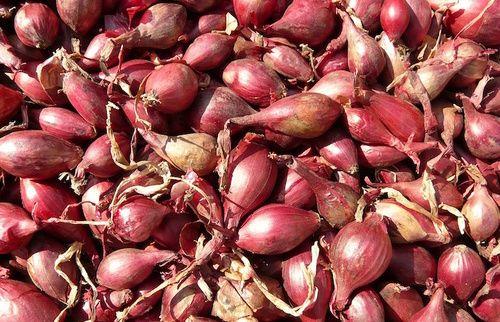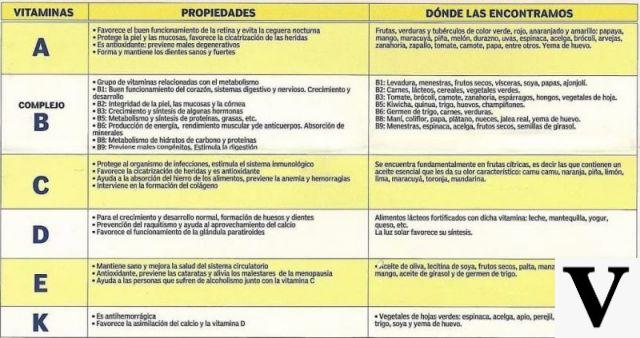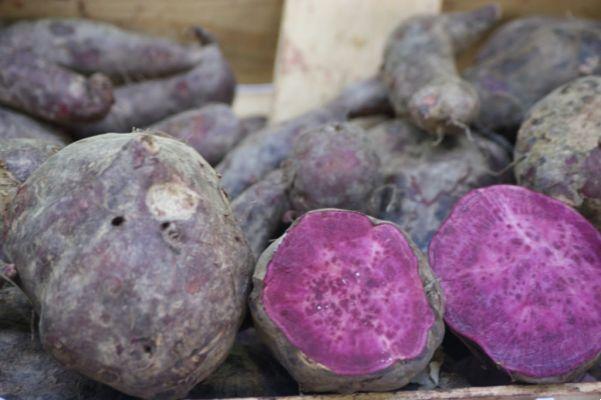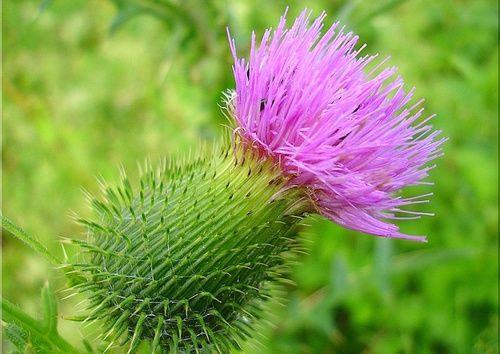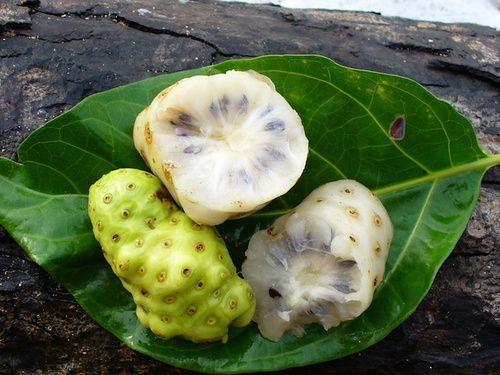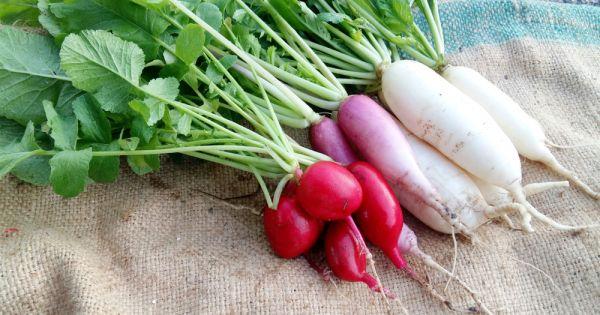
La turnip it is known by the botanical name of Brassica rapa and belongs to the Brassicaceae family such as broccoli, cauliflower and other cabbages.
This plant has been used since ancient times, especially for recipes that saw its tasty ingredients as ingredients leaves. Only with the passage of time, and with the selection of farmers, has the consumption of underground part.
The turnip greens, which are the apical parts of the young leaves, and the inflorescences known as "turnip broccoli" or broccoli are also very tasty.
The characteristics of the turnip
There are many variety of turnip with different colors both in the leaf and in the root.
Usually the root, it has a peripheral, oval or conical shape. Its color is whitish, but it can also have purple hues or be completely reddish.
The root is covered with a thin one little skin reddish that it is advisable to remove because it is not very digestible. L'internal of the turnip root, on the other hand, has a sweet and delicate flavor and a slightly spongy consistency.
Turnip is very present in traditional recipes of peasant cuisine, both cooked and raw. It can also be simply seasoned with a drizzle of olive oil, lemon juice and a pinch of salt.
The turnip harvesting season is included between November and March, which makes it a typical ingredient of winter cuisine.
Read also 3 recipes with kohlrabi >>
The varieties of turnip
Among the different varieties of Brassica rapa that are grown, we can mention:
> rapa common, chosen for its root;
> rapa subspecie sylvestris, commonly used for turnip greens;
> rapa subspecie campestris, more rural and less valuable, also known as rapeseed;
> rapa subspecie septiceps.
There are also some varieties of turnip that are grown only in restricted areas, thus establishing themselves as traditional products.
An example is the turnip of Caprauna, which grows between 800 and 1500 meters on the hill of the same name on the border between Piedmont and Liguria and is harvested from October to December.
This variety is rich in nutrients, such as calcium and other minerals. Its shape is rounded or slightly flattened and its flavor is very delicate, thanks to the particular constitution of the mountain soils.
The composition of the turnip
The turnip contains few calories: about 36 grams per 100 grams of boiled root. However, its composition is rich in carbohydrates (up to 75%) e protein (about 20%), with 86,7 grams of water.
The richness of the turnip in vitamins and minerals it is truly remarkable. As for minerals, the content of potassium, sodium, iron, phosphorus and calcium is high. In addition to vitamin C, taken if we consume raw turnip, turnip contains 381 µg of retinol or vitamin A, vitamin E, Thiamine (vitamin B1), Riboflavin (vitamin B2), Niancina (vitamin B3) and vitamin K.
This vegetable does not contain cholesterol and no fat and is therefore very appreciated by those who care to keep the figure, also because it is very rich in vegetable fibres.
The benefits of turnip
Turnips in ancient times were a real treasure especially in winter periodwhen food supplies were scarce.
Containing a conspicuous amount of water, this food has property diuretic. Plus it's great antioxidant food, thanks to vitamins C and E and other active ingredients (quercetin, myricetin, isorhamnetin and kaempferol) which fight free radicals by slowing down cellular aging.
Eat raw turnips, so rich in vitamin C, it helps to strengthen the immune system, bones, reproductive function, sight and embryonic development (thanks also to vitamin A). The presence of folic acid is very useful in pregnancy, as it helps prevent birth defects such as spina bifida.
Thanks to glucosinolates and sulfur, turnip is also a good detoxifier for the body and especially for the blood. It is of great help for those suffering from anemia (but also simply from weakness and fatigue) because it is rich in mineral salts, in particular iron.
Vitamin K is the active ingredient known as gefarnato they give it completely natural anti-inflammatory properties.
According to some studies, this vegetable is capable of counteracting the proliferation of cancer cells especially of the breast, lungs and stomach.
It should be remembered, however, that turnips are vegetables cruciferous, not recommended for those with thyroid problems.
Turnip in the kitchen
When we buy a turnip root we must evaluate its consistency, which must be firm, and yours dimensions (the smaller ones are younger and fresher).
After having cleaned the turnip and deprived it of its reddish skin, it is washed and cut as desired. The julienne cut it is suitable for consumption raw with olive oil, salt and lemon juice; the latter helps the absorption of iron, thanks to its supply of vitamin C.
Turnip can be eaten raw or centrifuge along with other fresh seasonal vegetables. You can even cook steamed, au gratin or stewed in the oven; also in this case, it can be alone or accompanied with other vegetables. It also becomes tasty in cream, soup or as a side dish for main courses.
Read also 5 recipes with turnip greens >>
Credit foto: decius








